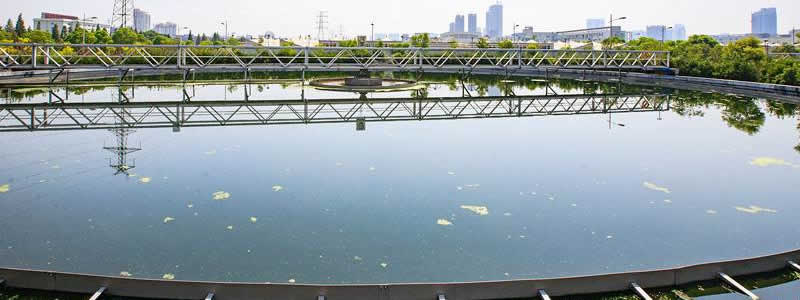
Chemical Coagulants Used In Water Treatment
Coagulation and flocculation have been used to clarify water since ancient times – as early as 2000BC, when the Egyptians used almonds to clarify river water. There is also evidence to suggest that the Romans were using alum as a coagulant at around 77AD.
Today, coagulation and flocculation are still essential components of treatment processes, e.g. for reducing water turbidity. Wastewater treatment operations also require coagulation, e.g. for chemical phosphorus removal and for reducing suspended solids.
Organic Coagulants VS Inorganic Coagulants
Chemical coagulants used in wastewater treatment fall into two main families: organic and inorganic.
Organic coagulants are generally used for solid & liquid separation and sludge generation.
The main advantages of organic coagulants include; lower dosage, lower volume of sludge produced and no effect on the pH.
Inorganic coagulants are both cost-effective and applicable for a broad variety of water and wastewater. Inorganic coagulants are particularly effective on raw water with low turbidity and will often treat this type of water when organic coagulants cannot.
Once added to water, the inorganic coagulants form aluminium or iron precipitates. These absorb impurities in the water as they fall, serving to clean the water. This process is known as the 'sweep-floc' mechanism. However, a downside of metal hydroxide precipitate sweep-floc is that they add to the overall sludge volume that must be treated and removed.
Blends of organic and inorganic coagulants
This blend brings the advantages of both the organic and the inorganic coagulants
Angchao supplies a range of Flocculants and Coagulants. For more information or advice, please get in touch:
 Previous
Previous  Next
Next Get answers and advice from people you want it from.